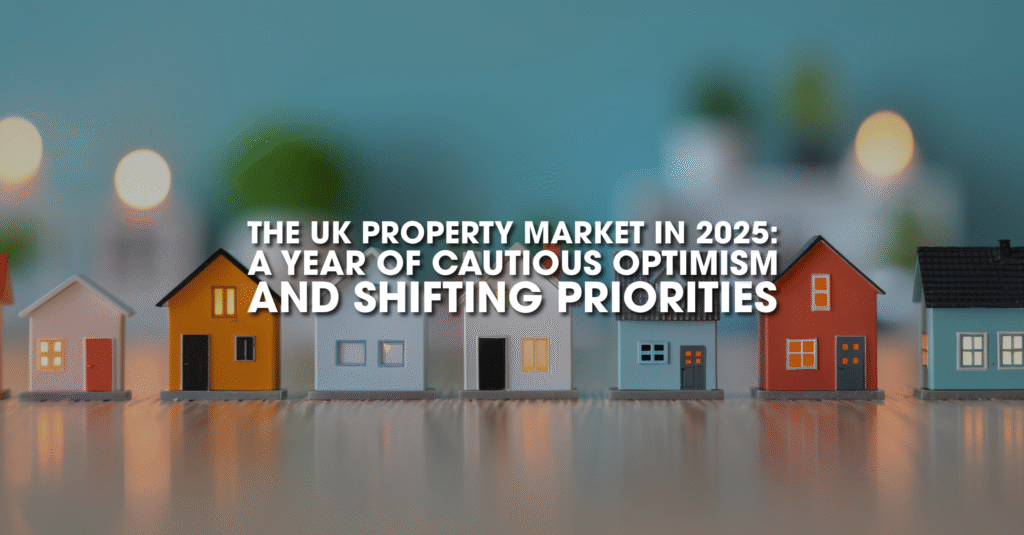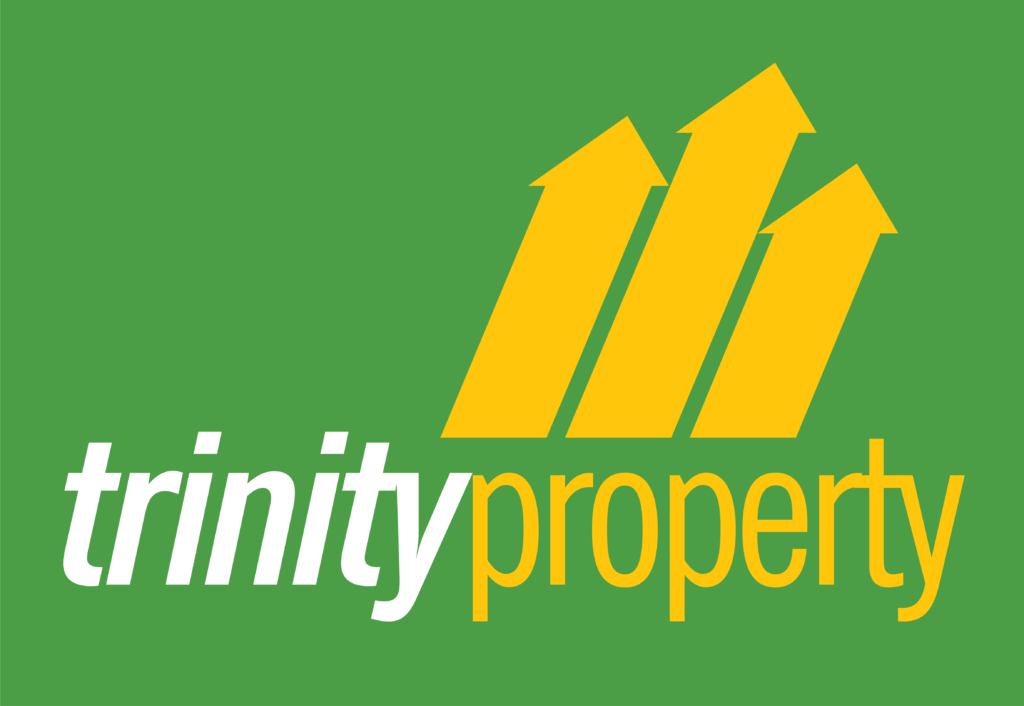As we reach the halfway mark of 2025, the UK property market finds itself in a delicate dance between recovery and reinvention. After a tumultuous few years—marked by rising interest rates, inflation concerns, and changing buyer habits—2025 is shaping up to be a pivotal year.
While not quite a boom, it’s certainly not a bust either. Instead, we’re witnessing a market undergoing quiet transformation, with cautious optimism guiding buyers, sellers, and investors alike.
📉 The Slowdown That Sparked a Reset
In 2023 and 2024, house price growth cooled across much of the UK. With mortgage rates climbing and affordability stretched to its limits, many first-time buyers hit pause. As a result, average house prices dipped in some regions, particularly in parts of London and the South East, while remaining relatively resilient in others such as the Midlands and North West.
By early 2025, inflation had eased and interest rates began to plateau, offering a much-needed breather. The Bank of England’s decision to hold rates steady at 4.25% has added some stability, but borrowing remains expensive by pre-2020 standards. As a result, buyers are more deliberate and the frenzy of the pandemic years feels like a distant memory.
🏘️ Regional Divergence: A Tale of Two Markets
One of the most defining features of the 2025 market is the growing regional divergence:
• Northern cities like Manchester, Leeds, and Liverpool are attracting attention for their relative affordability, strong rental yields, and regeneration projects. Investors continue to see these areas as promising long-term bets.
• Southern England, while still home to some of the country’s most desirable locations, has seen subdued activity, especially in the commuter belt. That said, lifestyle-driven moves to the countryside or coast remain popular.
• Scotland and Wales are experiencing steady demand, with Edinburgh, Cardiff, and coastal towns seeing renewed interest from remote workers and retirees.
🏗️ Supply, Sustainability, and the Future of New Builds
A persistent challenge remains: supply. New home completions have not kept pace with demand, due in part to high construction costs, labour shortages, and planning bottlenecks.
However, sustainability is now a central theme. Buyers are increasingly scrutinising EPC ratings and looking for energy-efficient homes. Developers, in turn, are prioritising eco-conscious design, modular construction, and even net-zero homes as part of their offerings.
The government’s 2025 green building incentives are beginning to have an impact—but more clarity and consistency are needed to really move the needle.
💼 Investment Outlook: Rental Market Rebounds but Challenges Persist
For landlords and property investors, 2025 is proving to be a mixed bag:
• Rents remain high, particularly in cities like London, Bristol, and Glasgow, due to limited supply.
• Yields are stable, but rising maintenance and compliance costs are eating into profits.
• New regulations on energy efficiency and tenant rights are pushing some landlords to exit the market—yet this creates opportunities for institutional investors and build-to-rent schemes.
Savvy investors are focusing on long-term growth areas, diversification (including commercial-to-residential conversions), and properties that can be upgraded to meet future energy standards.
🔮 What’s Next?
As we look ahead to the rest of 2025 and beyond, the UK property market appears to be transitioning into a more balanced, albeit cautious, phase.
The days of double-digit growth may be behind us, but so are the fears of a dramatic crash.
Instead, we are entering a “new normal”: one shaped by sustainability, tech-enabled living, regional opportunity, and realistic pricing. Whether you’re a first-time buyer, seasoned investor, or just property-curious, 2025 is a year to watch—and a time to make smart, well-informed decisions.
What’s your take on the current UK property landscape? Are you buying, selling, investing, or holding out for a better opportunity?






